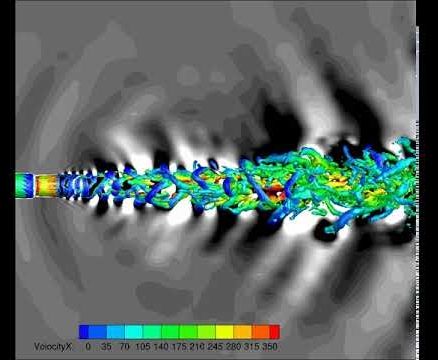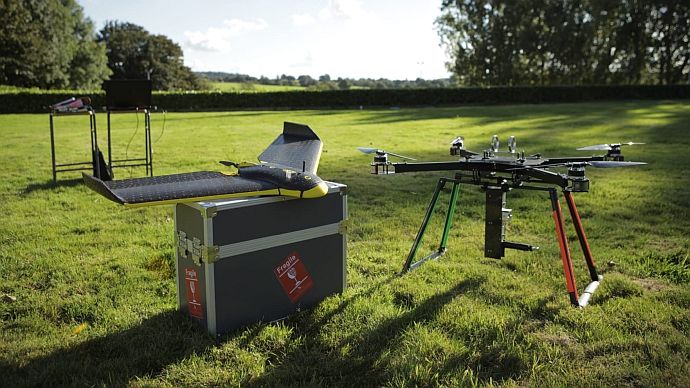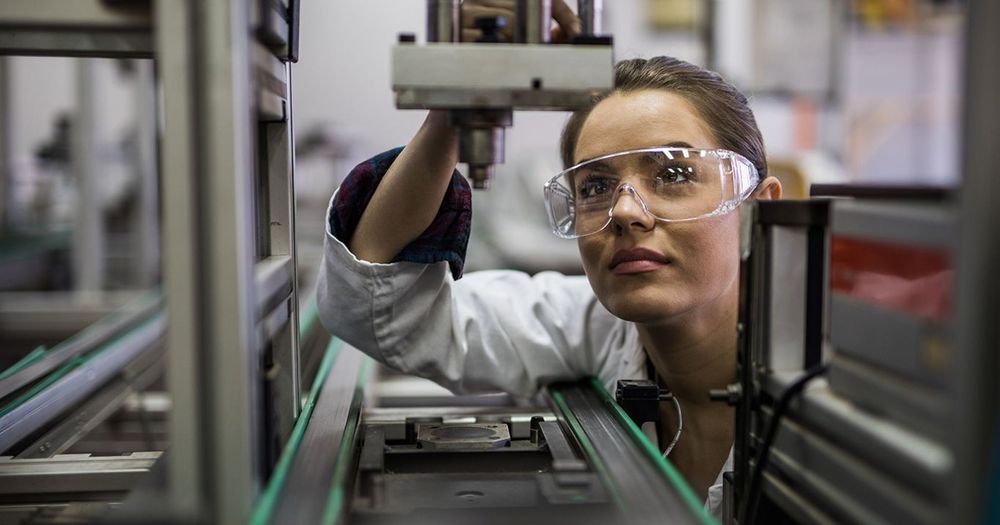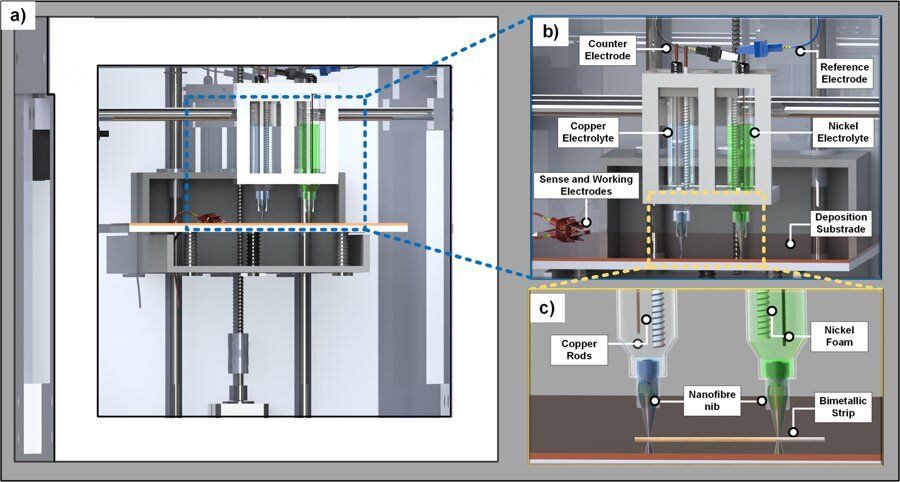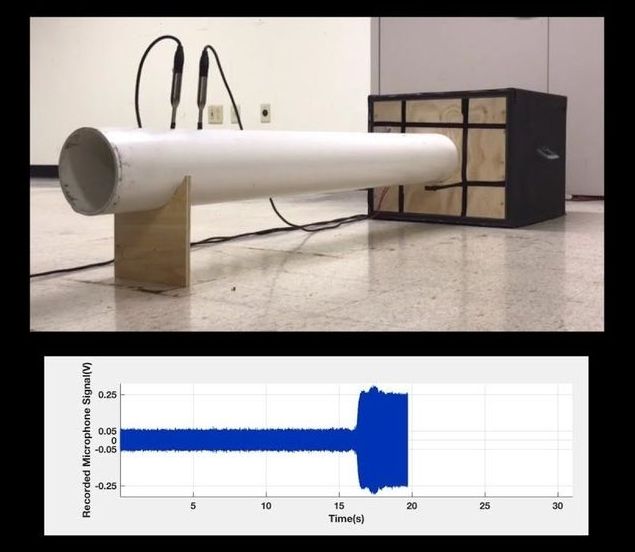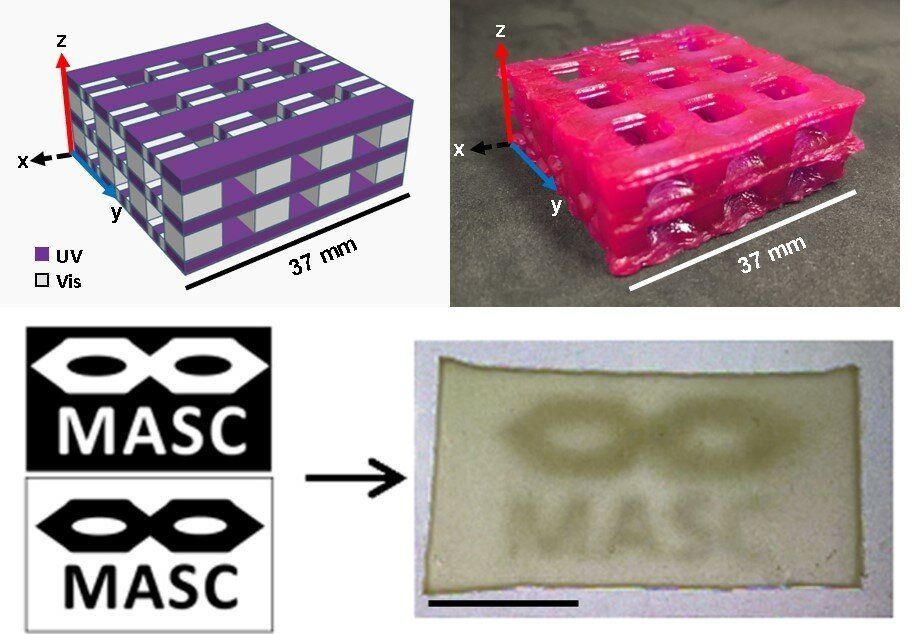Mar 20, 2019
Levitating objects with light
Posted by Quinn Sena in categories: engineering, nanotechnology, space travel
Researchers at Caltech have designed a way to levitate and propel objects using only light, by creating specific nanoscale patterning on the objects’ surfaces.
Though still theoretical, the work is a step toward developing a spacecraft that could reach the nearest planet outside of our solar system in 20 years, powered and accelerated only by light.
A paper describing the research appears online in the March 18 issue of the journal Nature Photonics. The research was done in the laboratory of Harry Atwater, Howard Hughes Professor of Applied Physics and Materials Science in Caltech’s Division of Engineering and Applied Science.


